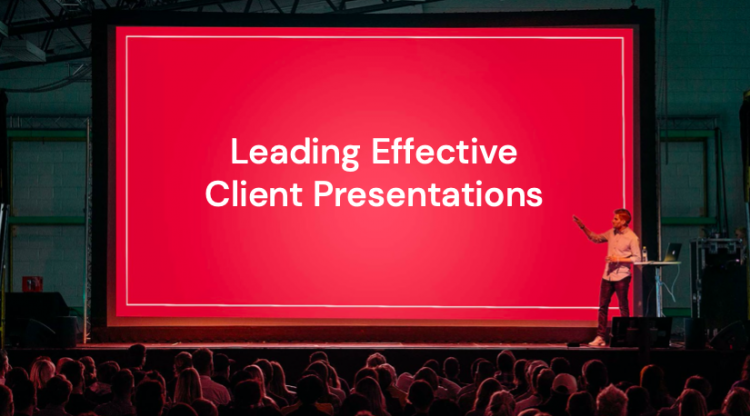New designers often struggle with getting quality feedback from their client presentations. Sometimes stakeholders focus on small details, or get stuck on one aspect of a design and have trouble seeing the forest for the trees. This isn’t due to any deficiency in the stakeholders, but it is indicative of a presenter that has overloaded their audience.
Cognitive load refers to the capacity at which we can process information and derive meaning from it. Looking at a fully fleshed-out design can be daunting for non-designers, and it’s hard for them to analyze all of the constituent components of a design without guidance.
There are a few ways of mitigating this:
Adopting Lenses
Asking stakeholders to serially focus and comment on various aspects of the design is a very effective way to guide feedback. What do you think of the color choices? Let’s talk about typography now. How do you feel about the density of content on the page?
Providing Options
Looking at two or three options at a time can provide a very helpful reference point clients can use to calibrate their feedback. “Do you like this?” can be a hard question to ask, but “Which do you like better, A or B?” can be easier. This technique is especially helpful when combined with the lenses approach above.
Breaking Things Down
There can also be opportunities to break certain problems apart and tackle tough challenges early.
Several years ago, I worked on redesigning a publication website that had thousands of articles. Their existing article design had small cramped body text, but the client stakeholders didn’t seem to feel an urgency to depart from the current approach.
Instead of attempting to present a new direction in the context of a full-page redesign, which would have had many other elements increasing cognitive load, I isolated the body typography problem into its own discussion.
I presented client stakeholders with four pages. Each had the same text content, but flowed into a different typographic style. One option was their current site, and the others were borrowed from sites they liked.
Without knowing the origins of each option, I asked the client stakeholders to each select their favorite and least favorite approaches. They unanimously chose their existing approach as their least favorite, while choosing Medium’s large typography as their favorite. This was an easy way to build consensus and momentum on a topic in a streamlined fashion, outside the cognitive load of a full design.


